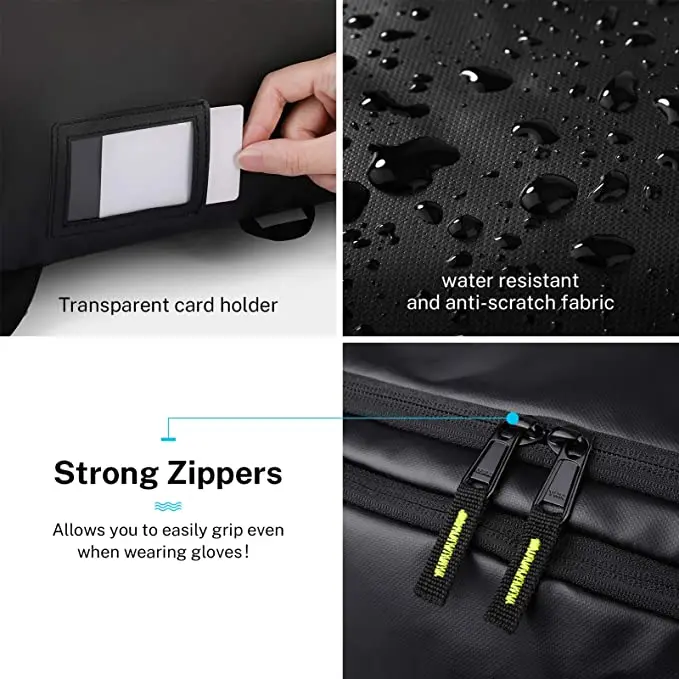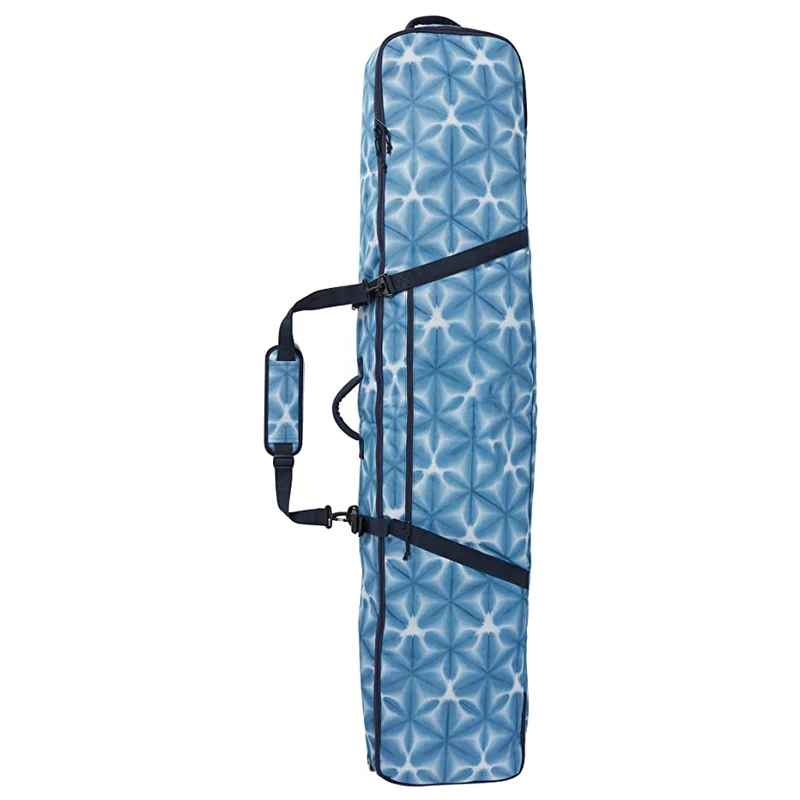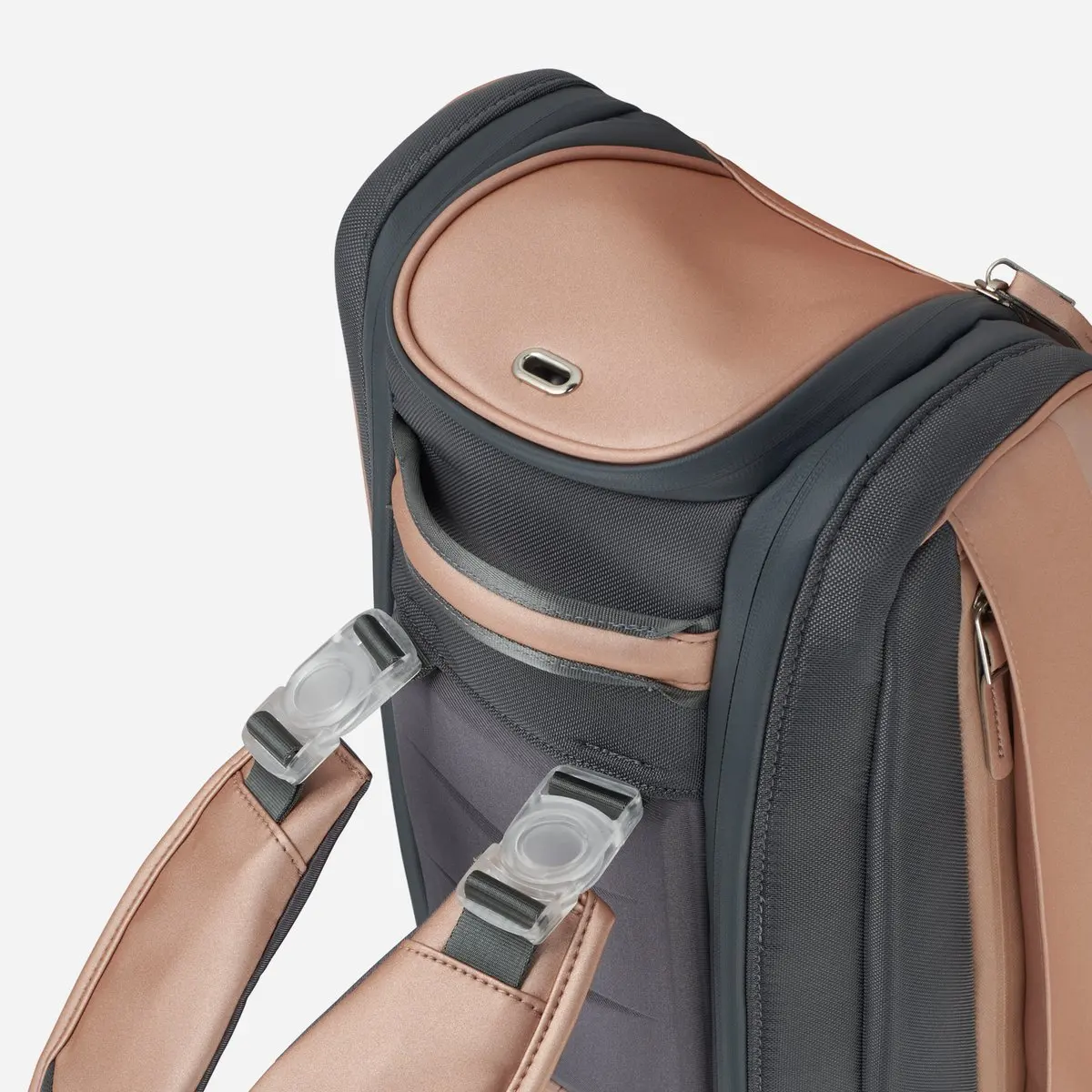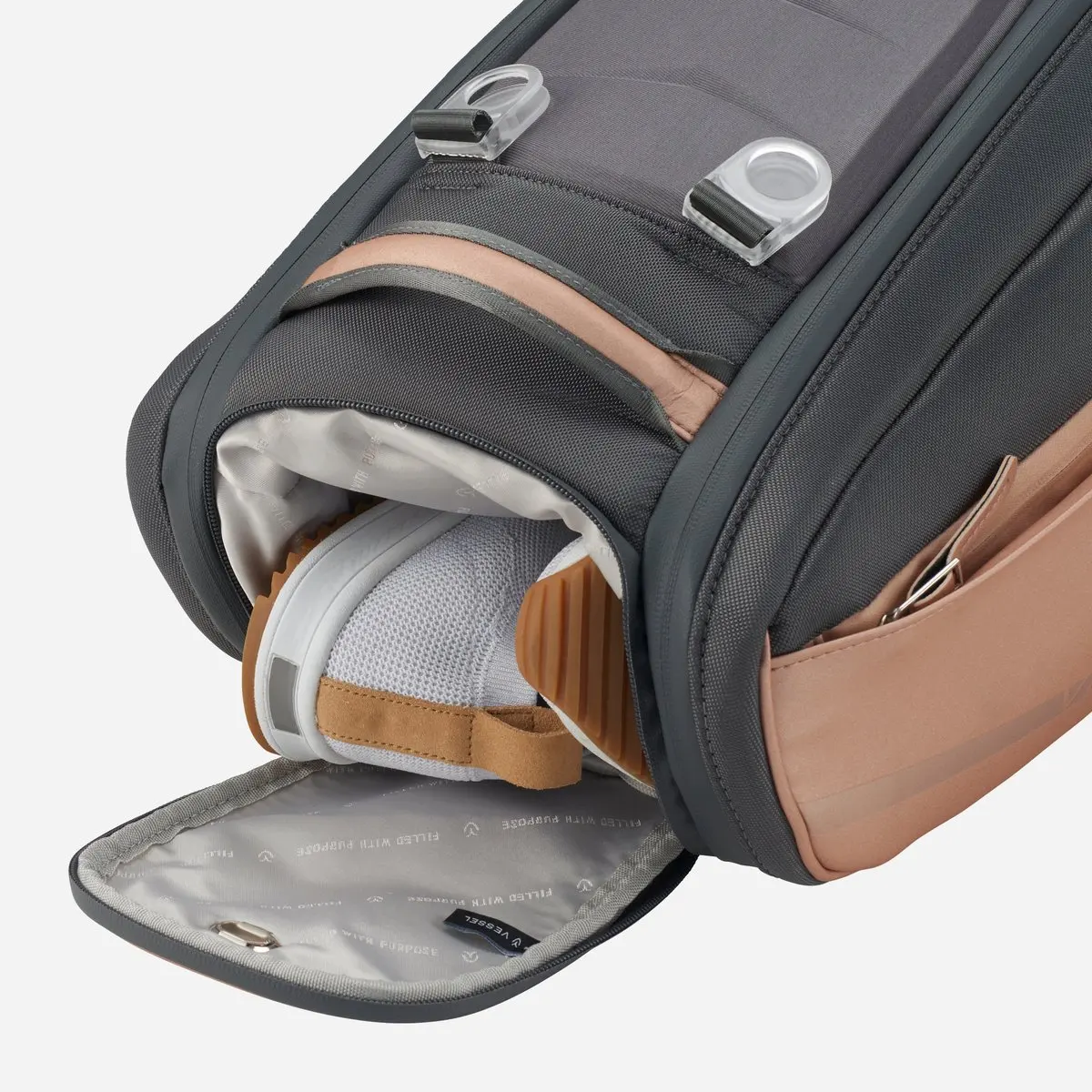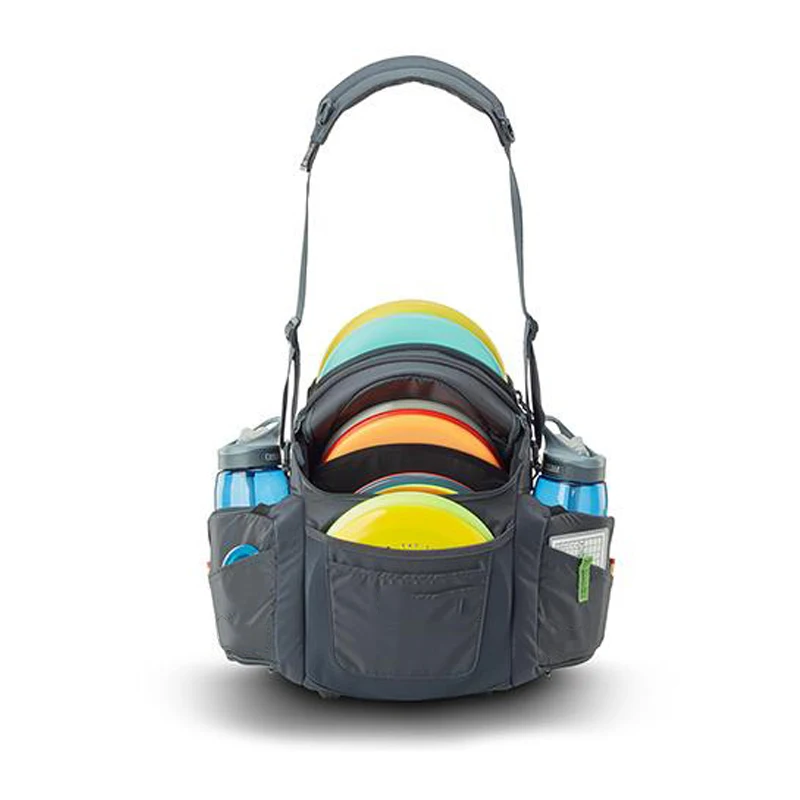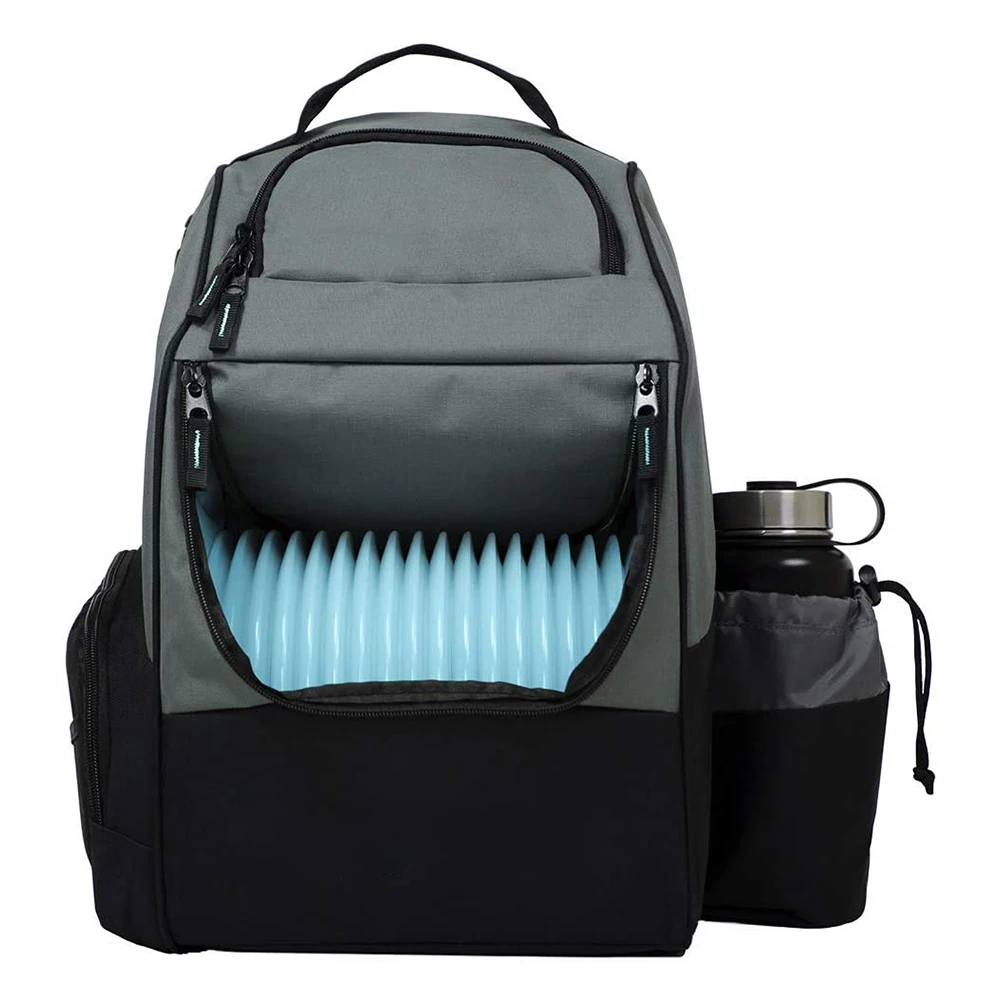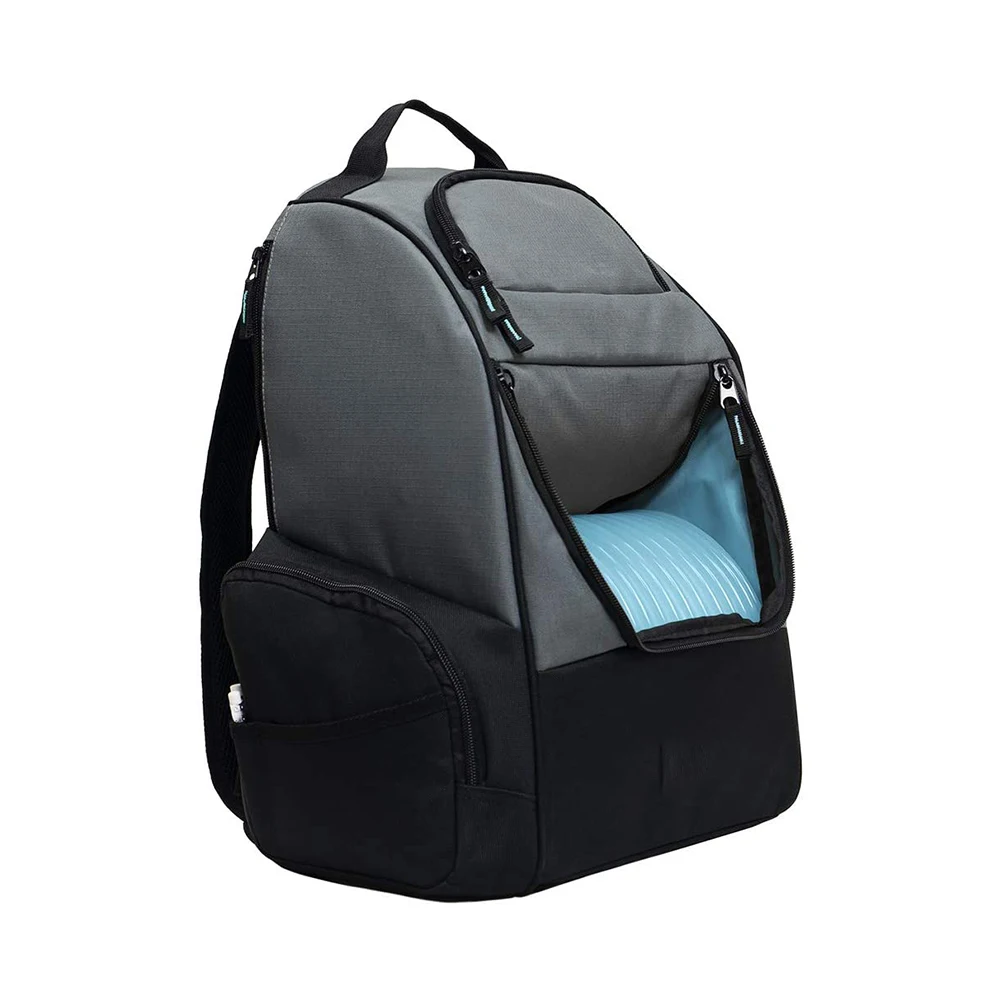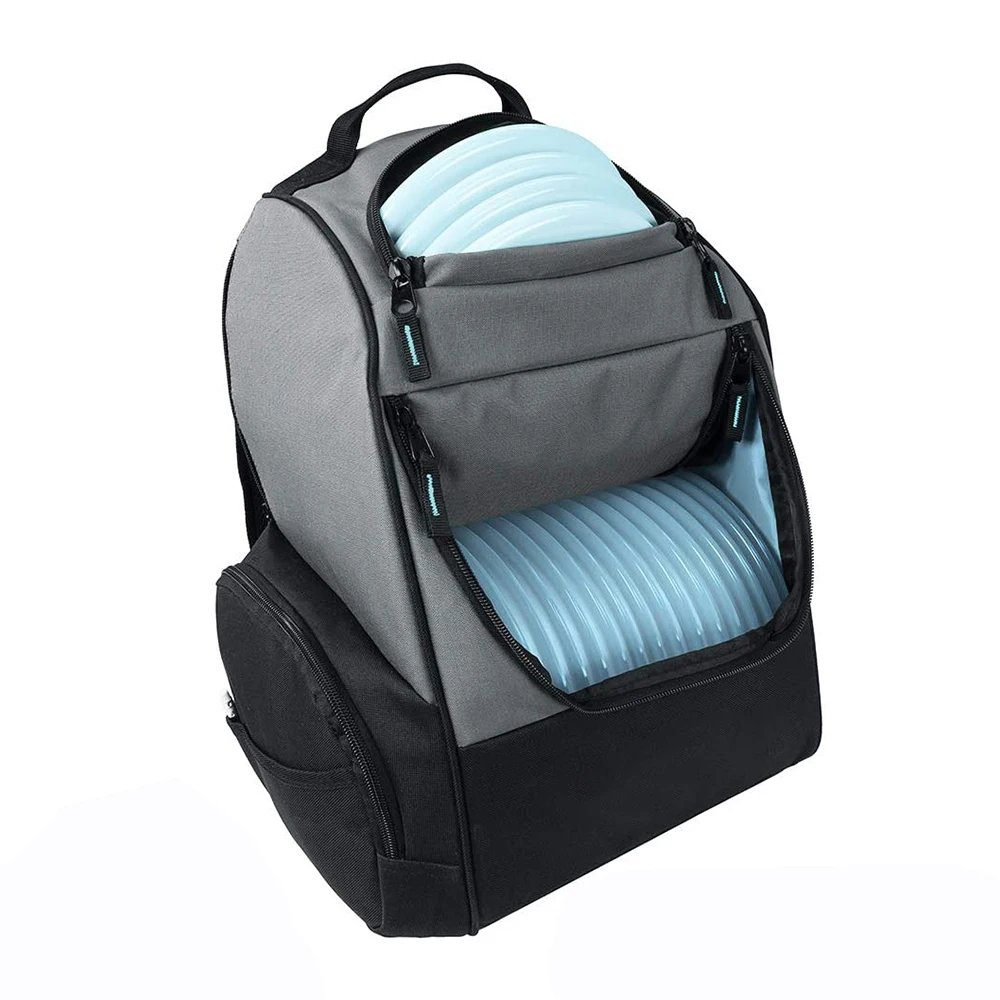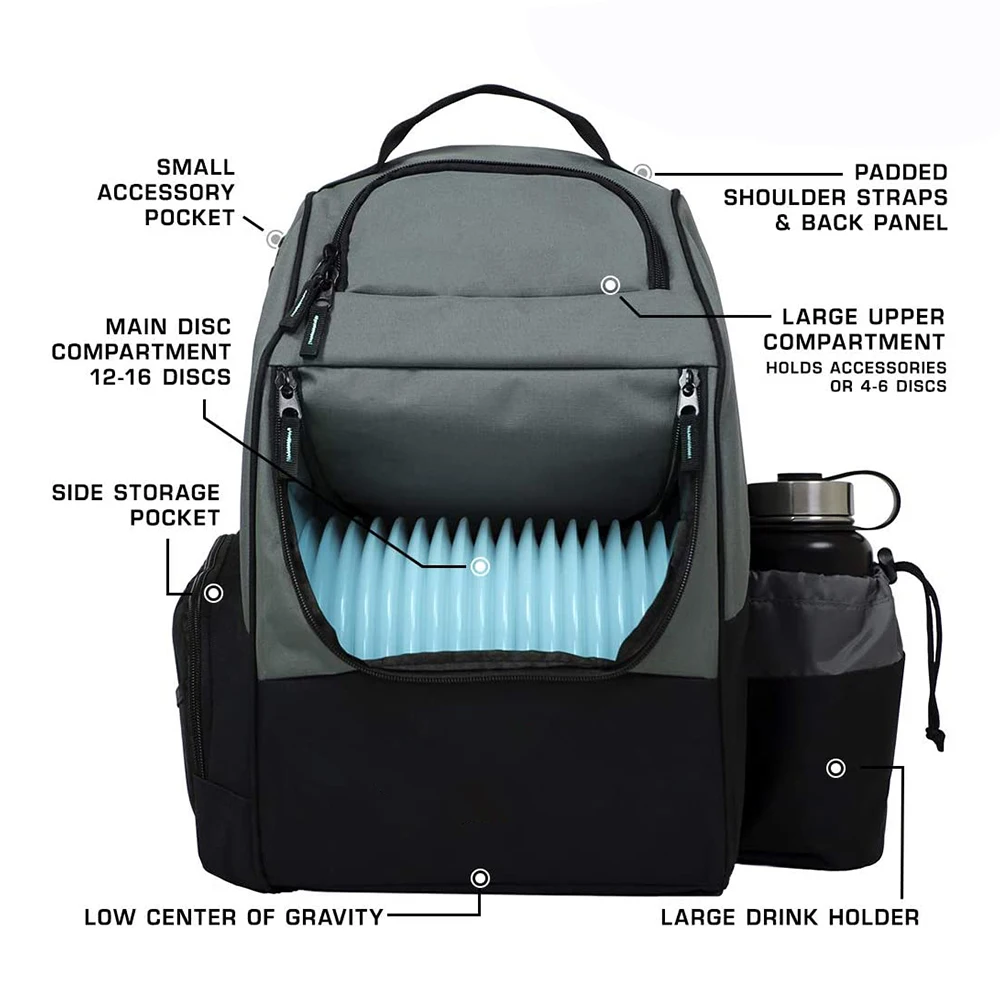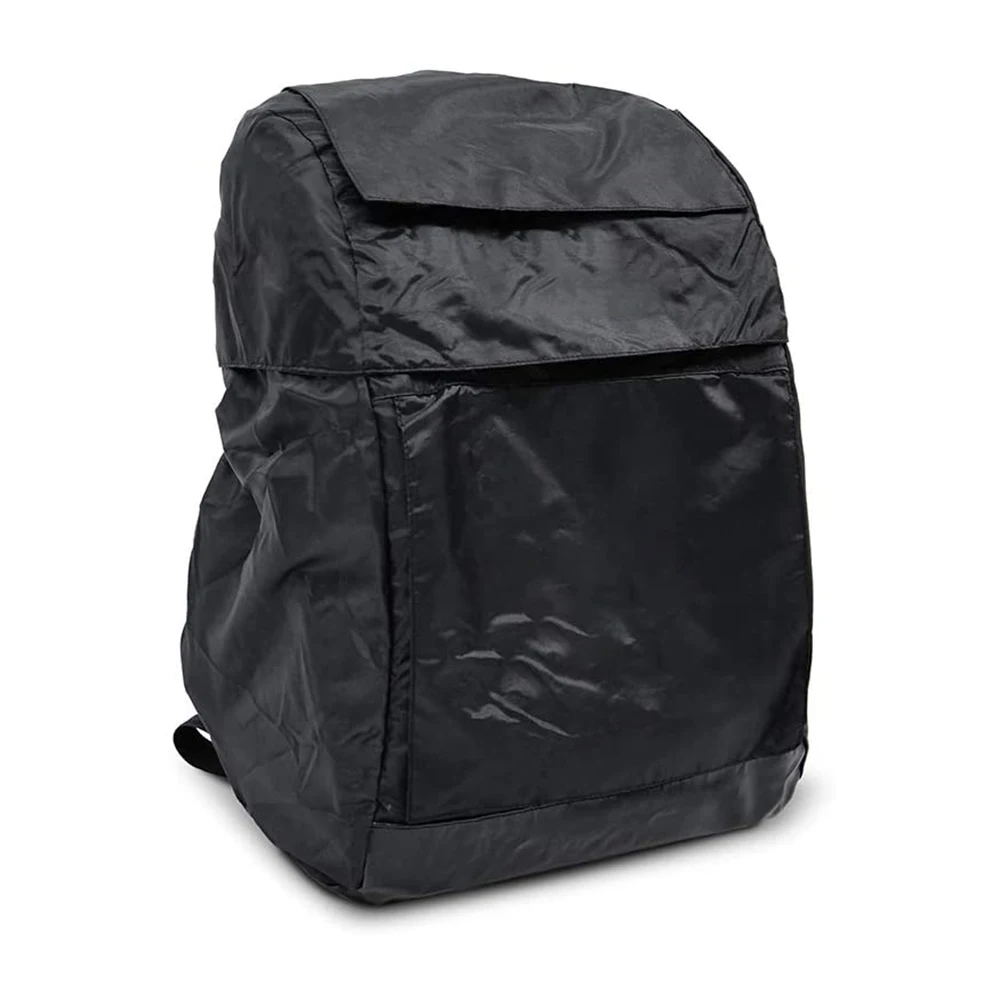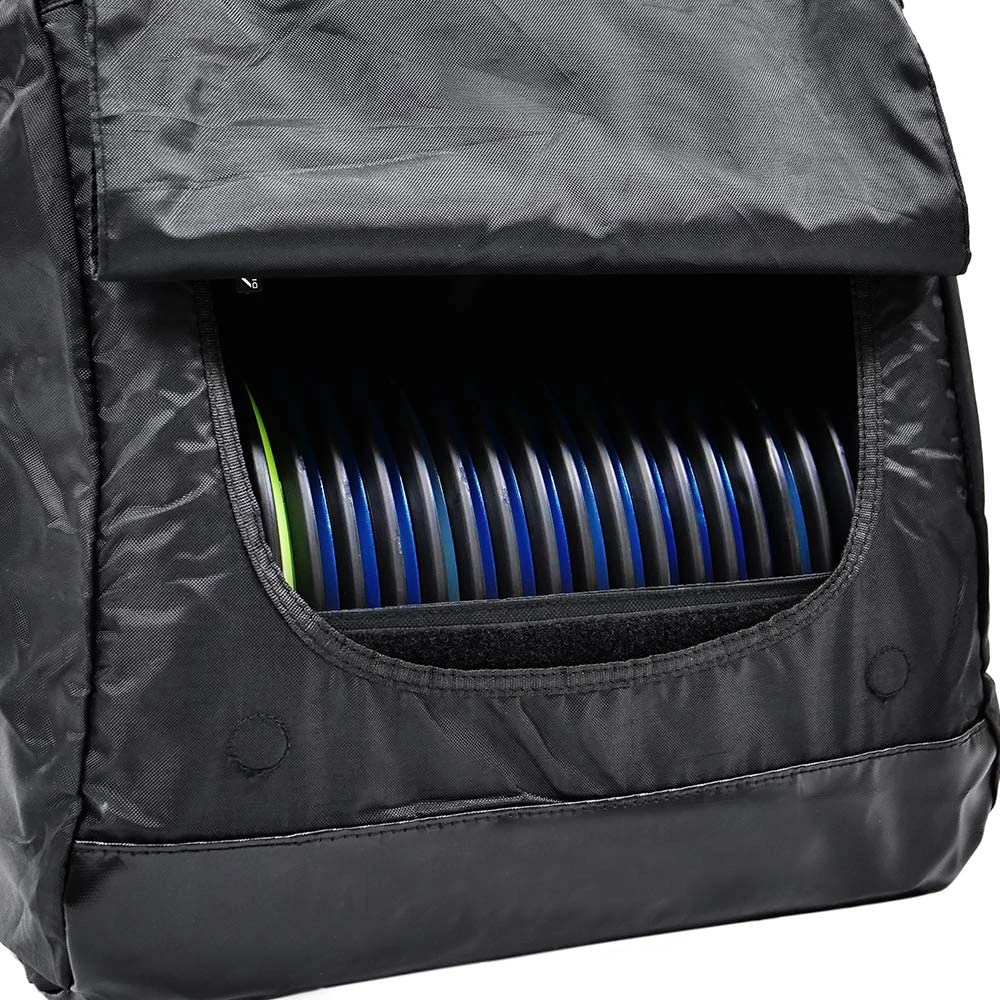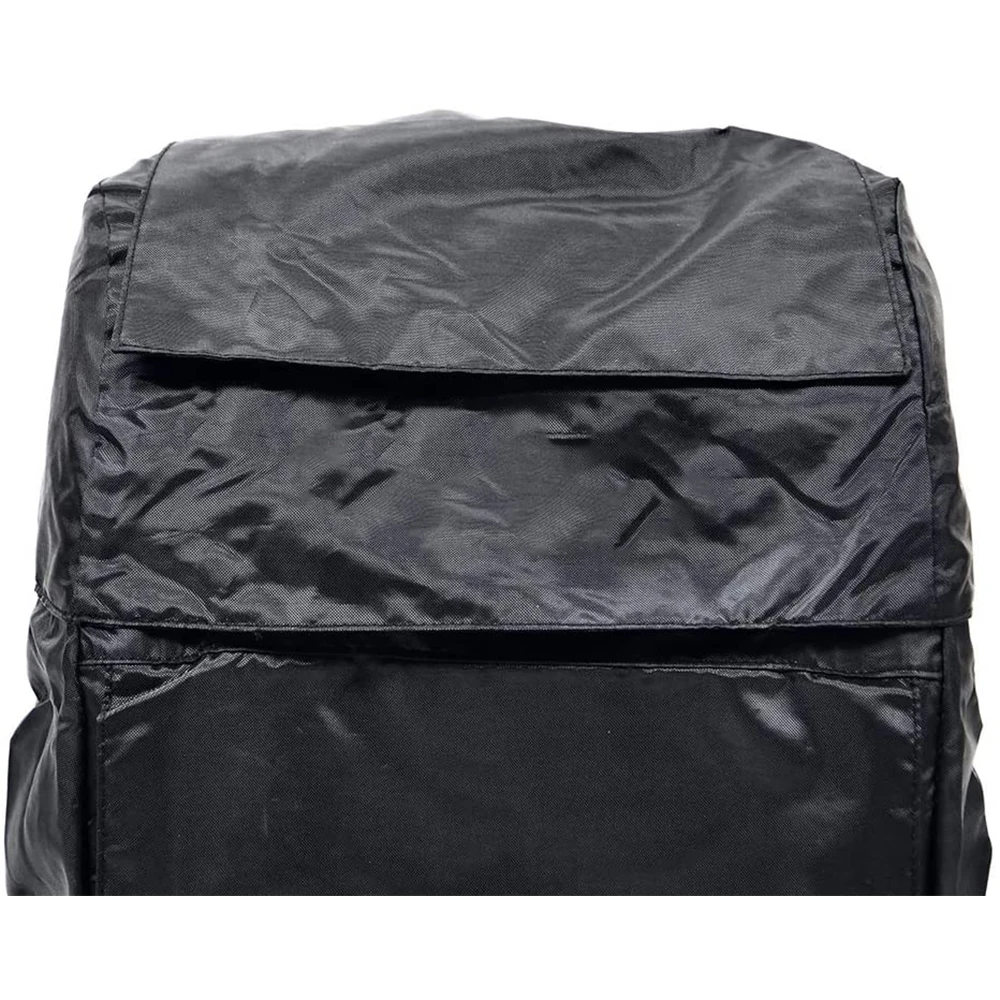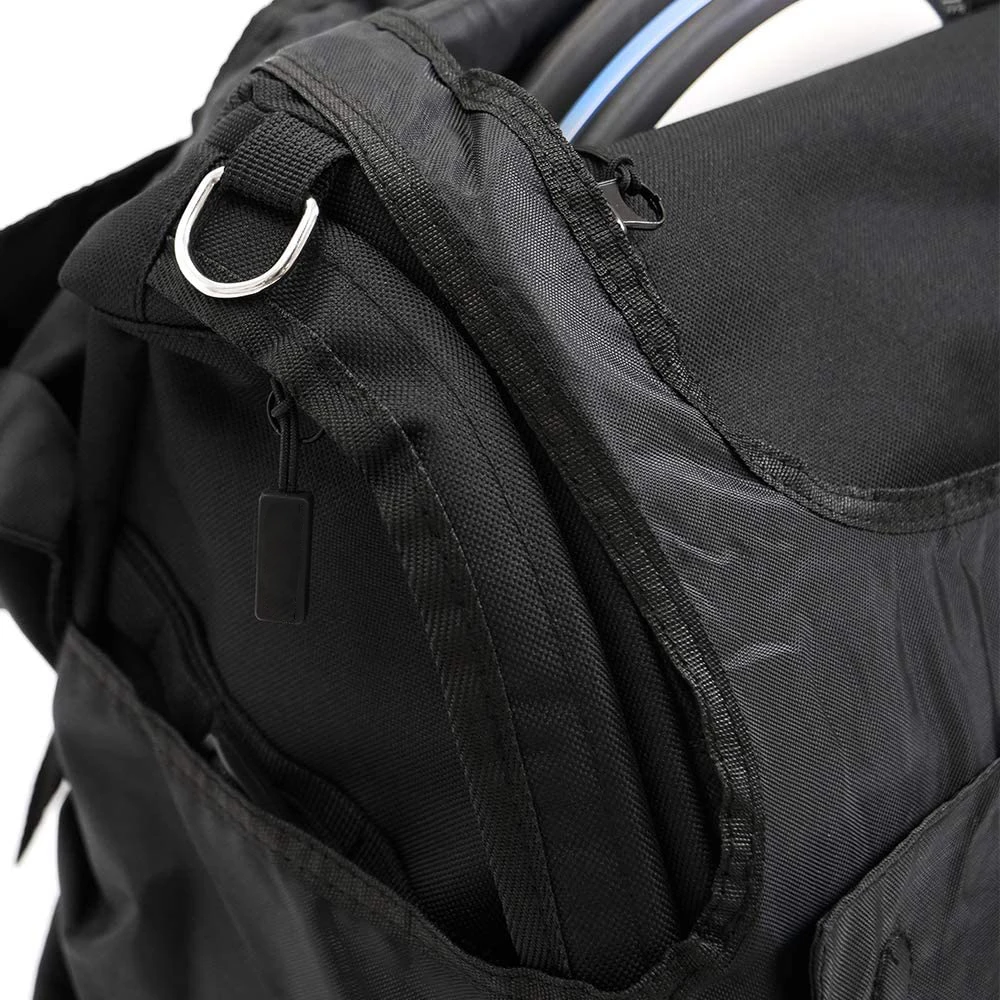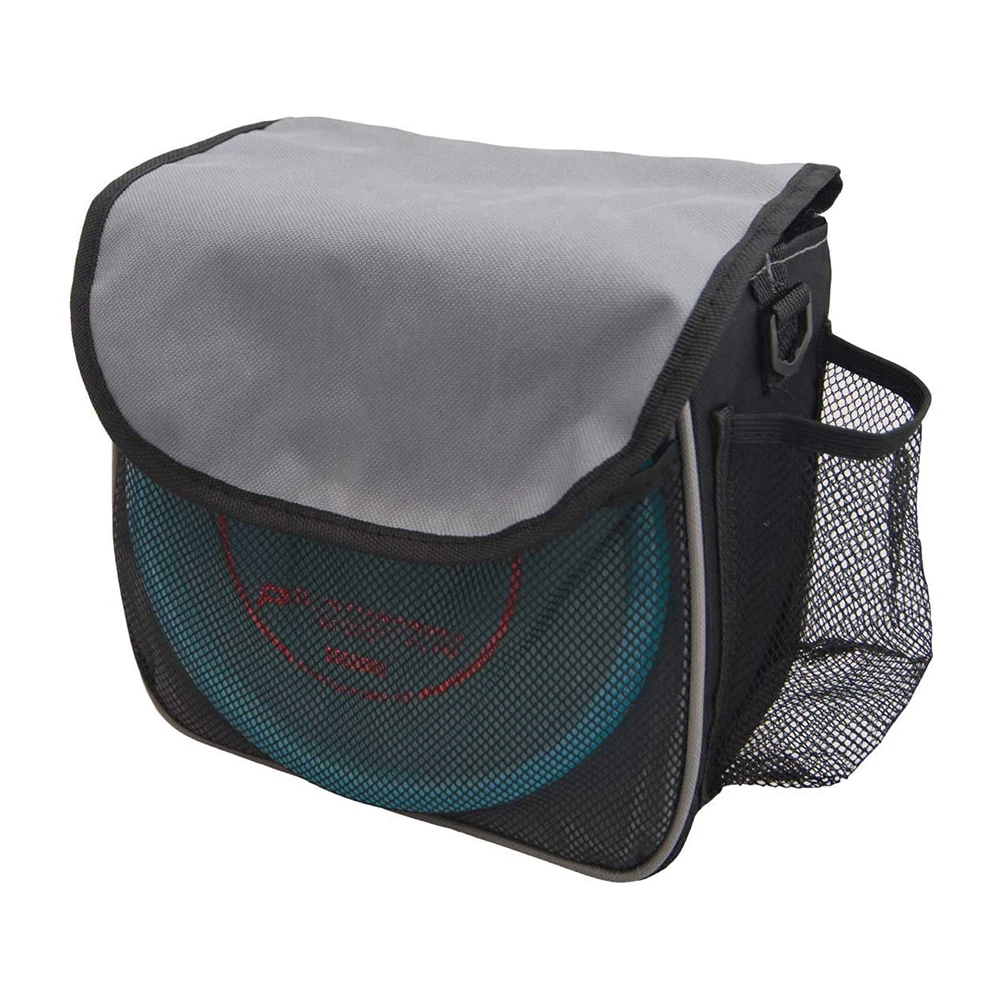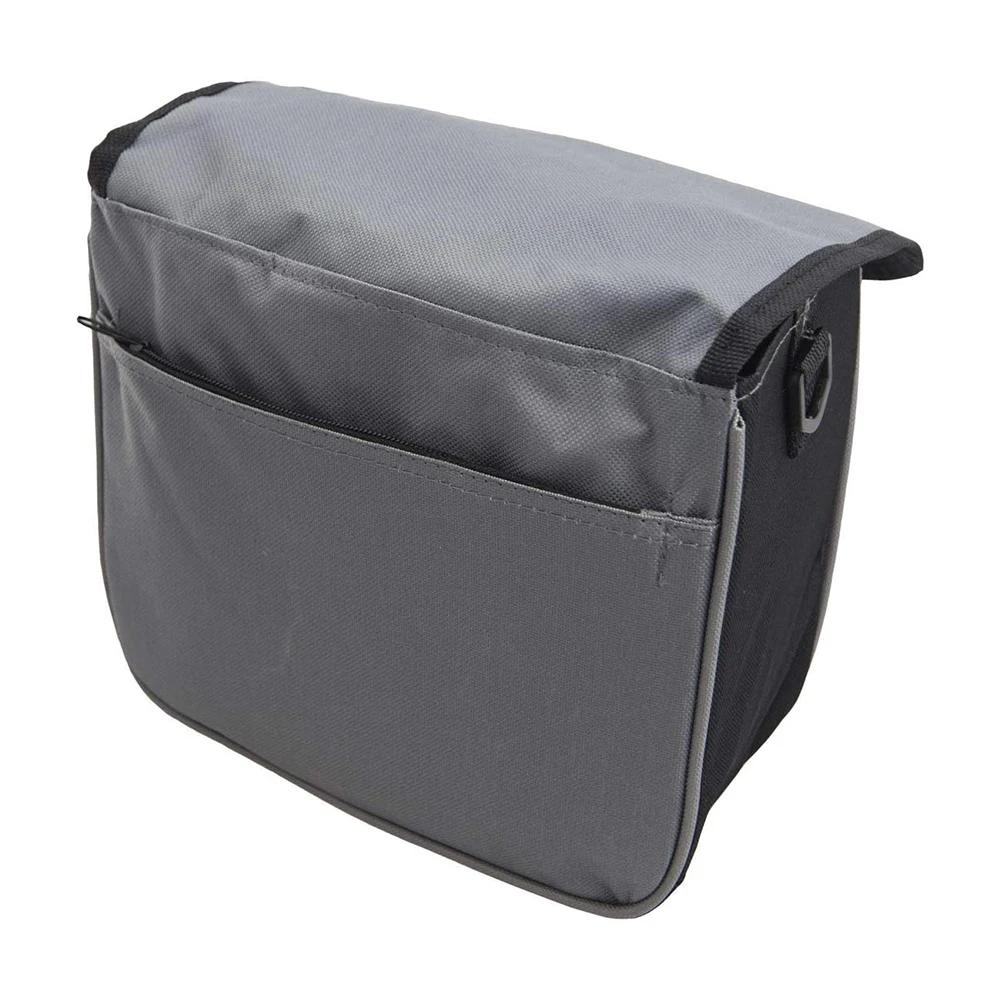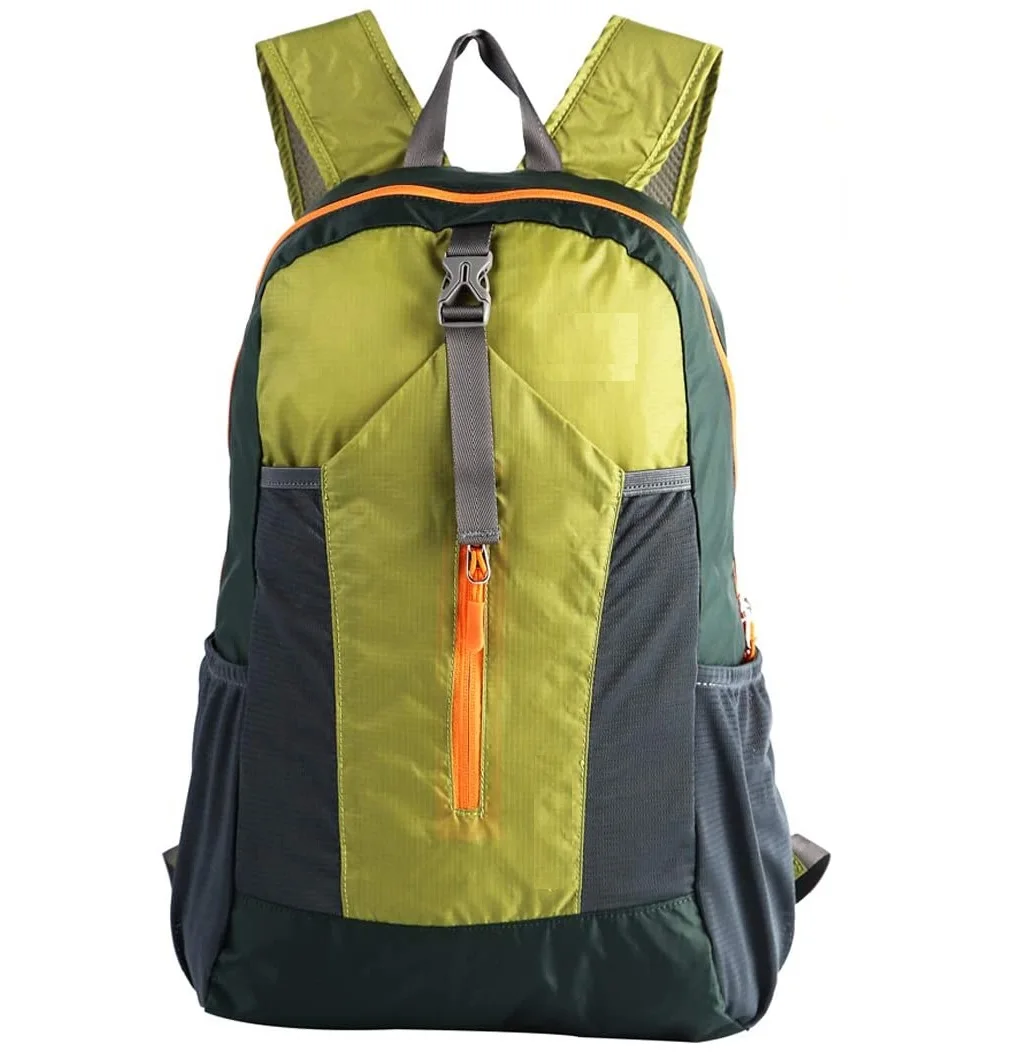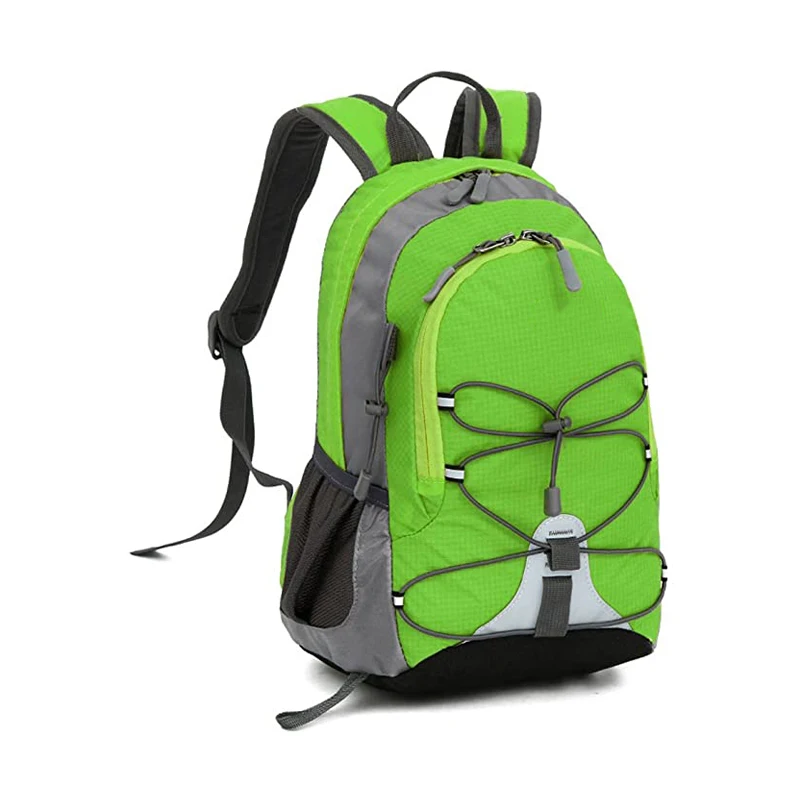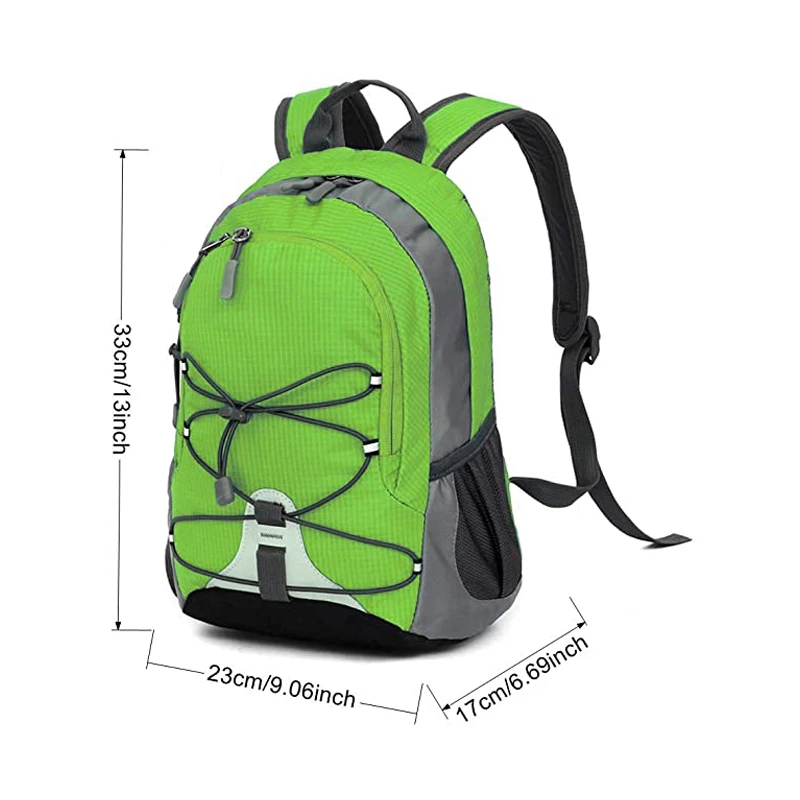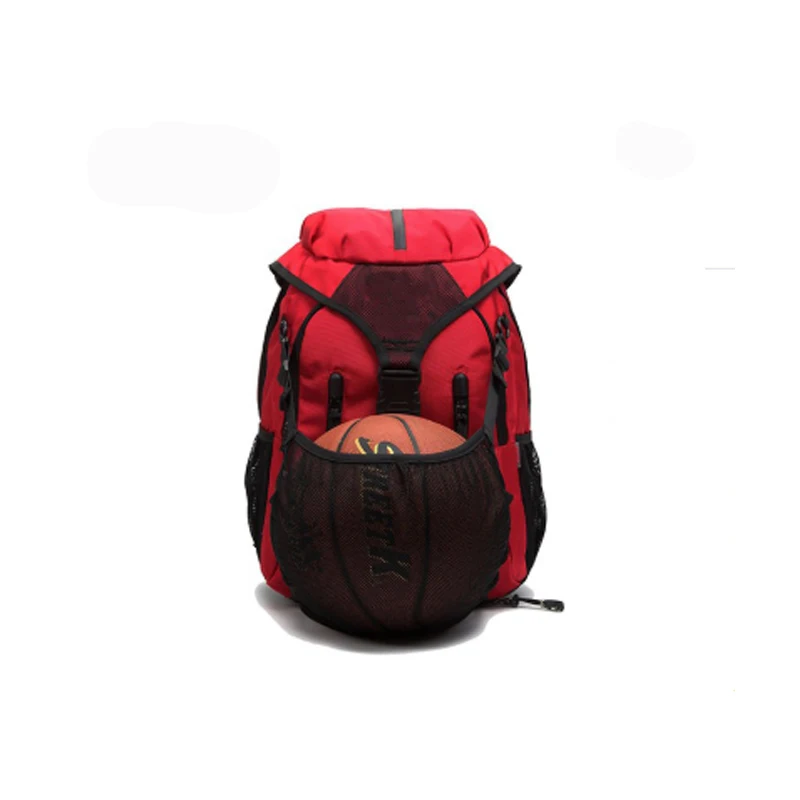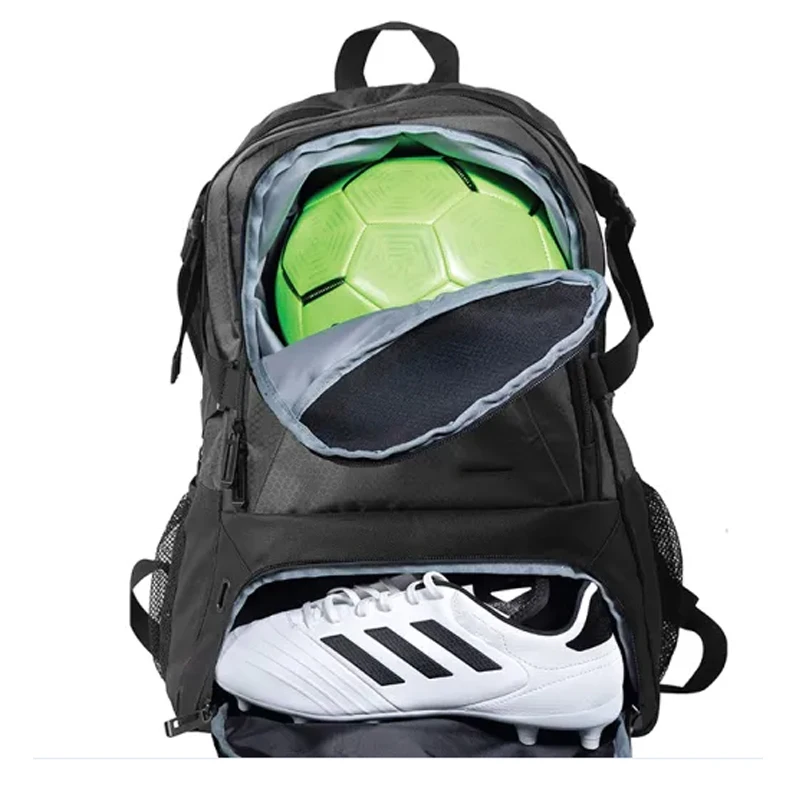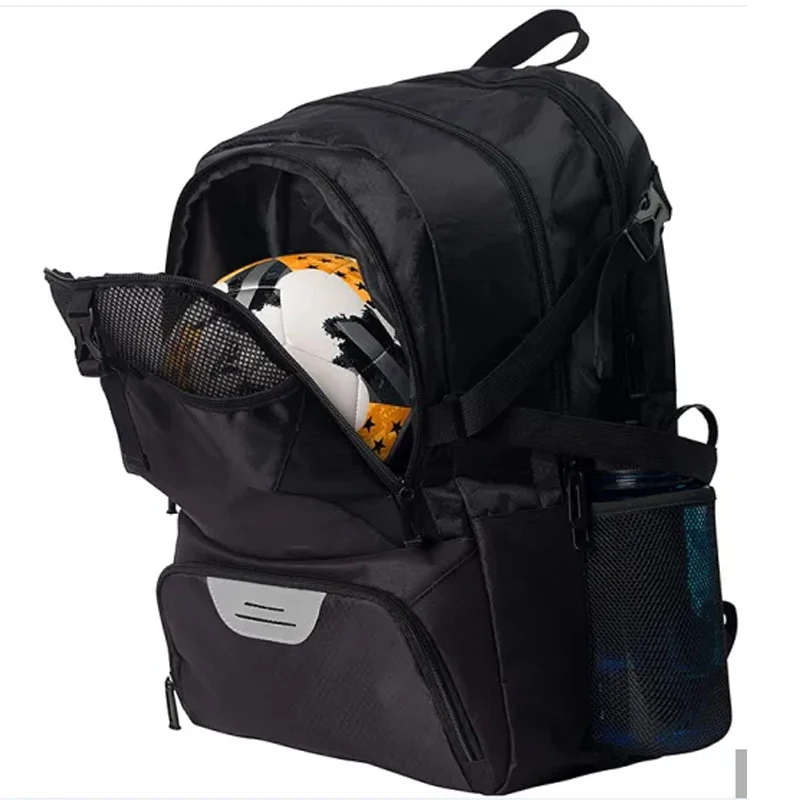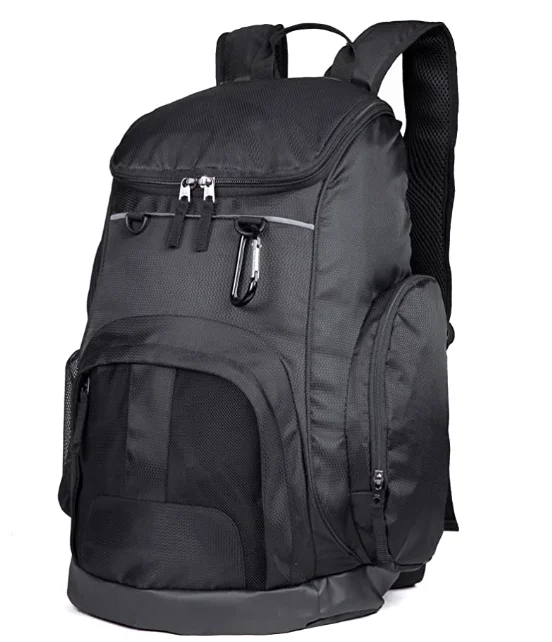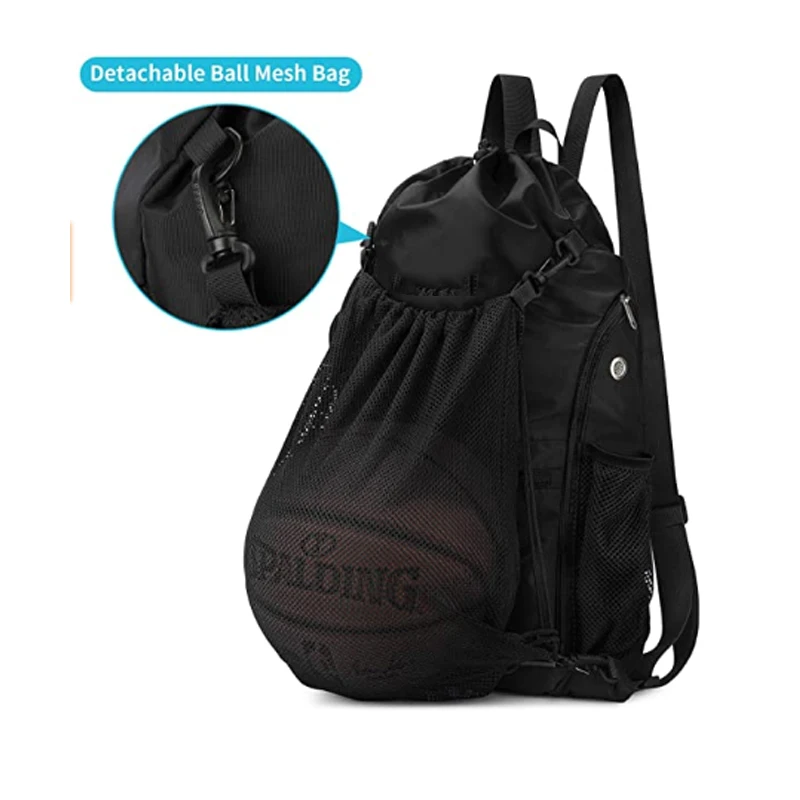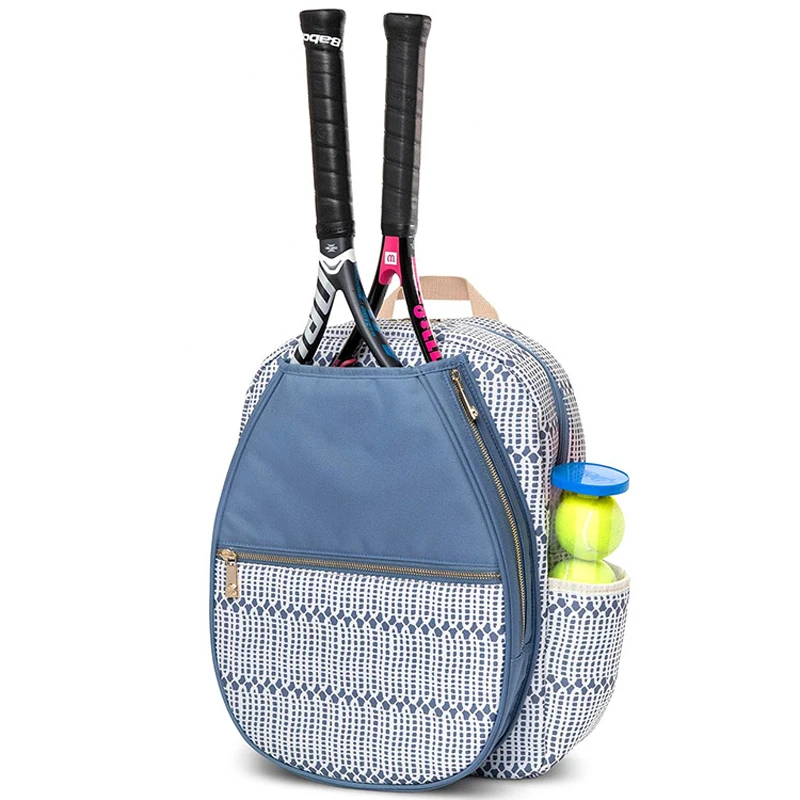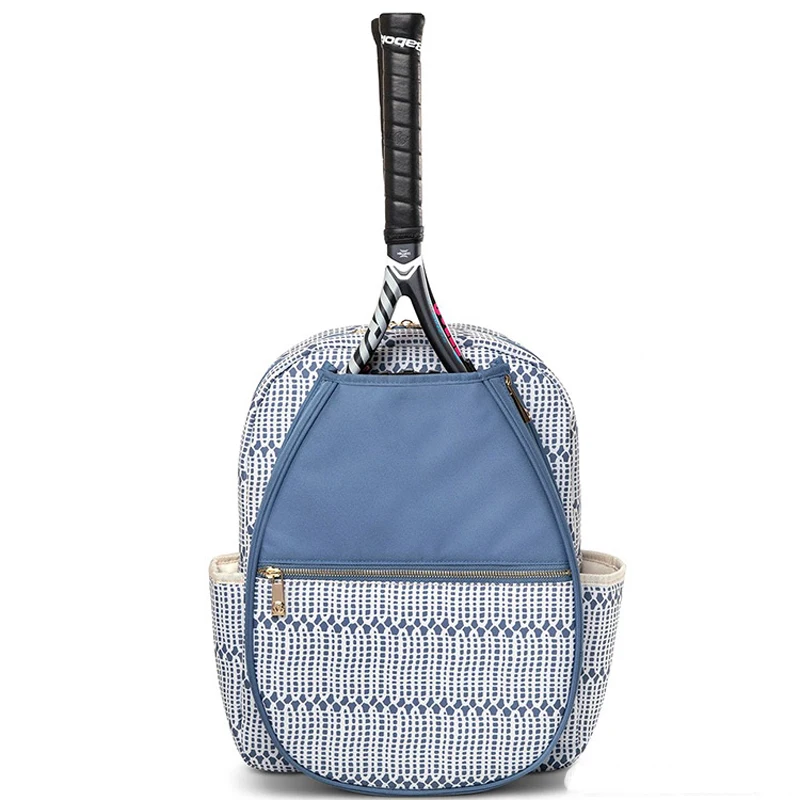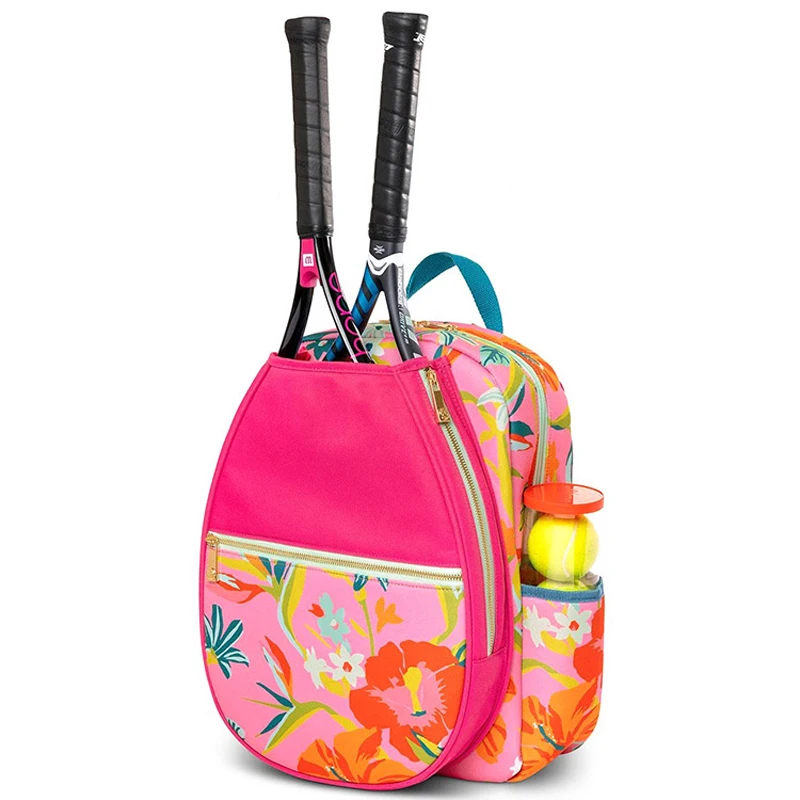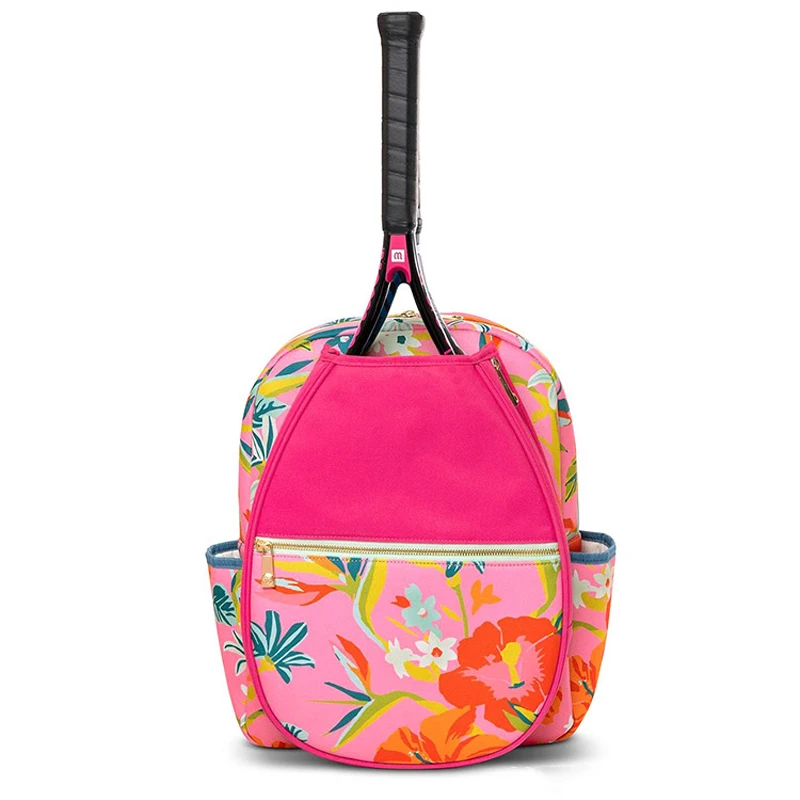Lithium Ion Batteries Pack: A Buyer's Guide for 2025
As the demand for efficient energy storage solutions grows, Lithium Ion Batteries Pack has become a crucial component in renewable energy systems. Whether you're looking for power solutions for electric vehicles, solar storage, or industrial applications, understanding these battery packs is essential. This guide will walk you through the key aspects of selecting and sourcing high-quality lithium-ion battery packs from China in 2025.
How to Find Reliable Lithium Ion Batteries Pack from China in 2025
China remains the world's leading manufacturer of Lithium Ion Batteries Pack, but finding trustworthy suppliers requires careful research. Start by verifying supplier credentials on platforms like Alibaba, focusing on:
- Certifications (CE, UL, UN38.3)
- Minimum order quantities
- Production capacity
- Client testimonials
Consider attending trade shows like Canton Fair to meet suppliers in person. For large orders, factory audits are recommended to verify quality control processes.
What Buyers Should Know Before Buying Lithium Ion Batteries Pack from China
When importing Lithium Ion Batteries Pack from China, pay attention to:
- Shipping regulations for lithium batteries
- Customs clearance requirements
- Voltage and capacity specifications
- Cycle life expectations
- Warranty terms
Always request samples before placing bulk orders. A reputable supplier should provide detailed technical specifications and safety test reports.
Types of Lithium Ion Batteries Pack
The most common types include:
- Prismatic Cells: Compact and space-efficient
- Cylindrical Cells: Durable with good thermal management
- Pouch Cells: Lightweight and flexible in design
Each type has advantages depending on application requirements. For instance, electric vehicles often use prismatic cells for their high energy density, while consumer electronics prefer cylindrical cells for their reliability.
Functions and features of Lithium Ion Batteries Pack
Modern Lithium Ion Batteries Pack offer:
- High energy density (150-250 Wh/kg)
- Fast charging capabilities
- Battery Management Systems (BMS)
- Temperature monitoring
- Overcharge/over-discharge protection
Advanced packs may include smart features like Bluetooth monitoring or self-healing technology that extends battery life by up to 30%.
Scenarios of Lithium Ion Batteries Pack
These battery packs power various applications:
- Electric vehicles (EVs and hybrids)
- Solar energy storage systems
- Medical equipment
- Industrial machinery
- Consumer electronics
A recent case study showed a solar farm in California reduced its energy costs by 40% after switching to lithium-ion battery storage from lead-acid alternatives.
How to Choose Lithium Ion Batteries Pack
Consider these factors when selecting a battery pack:
- Energy requirements (calculate your watt-hour needs)
- Physical size constraints
- Operating temperature range
- Expected lifespan (typically 500-2000 cycles)
- Budget constraints
For mission-critical applications, prioritize safety certifications over cost savings. A mid-range 48V 100Ah pack with proper certifications often outperforms cheaper alternatives in the long run.
Lithium Ion Batteries Pack Q & A
Q: How long do lithium-ion battery packs typically last?
A: Most quality packs last 3-5 years or 500-2000 charge cycles, depending on usage patterns and maintenance.
Q: Are Chinese lithium battery packs safe?
A: Reputable Chinese manufacturers produce safe, high-quality packs that meet international standards. Always verify certifications.
Q: What's the difference between LiFePO4 and NMC batteries?
A: LiFePO4 offers longer lifespan and better thermal stability, while NMC provides higher energy density.
Q: Can I ship lithium batteries by air?
A: Yes, but with restrictions. Battery packs must meet UN38.3 testing requirements and be properly packaged.
Q: How do I maintain my battery pack for maximum lifespan?
A: Avoid complete discharges, store at 40-60% charge when not in use, and keep within recommended temperature ranges.


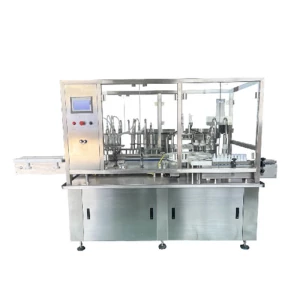

 standup pouch filling machine,doypack filling machine,weighing filling machine ,pharmaceutical filling machine,bag filling machine,bottle filling machine
standup pouch filling machine,doypack filling machine,weighing filling machine ,pharmaceutical filling machine,bag filling machine,bottle filling machine





